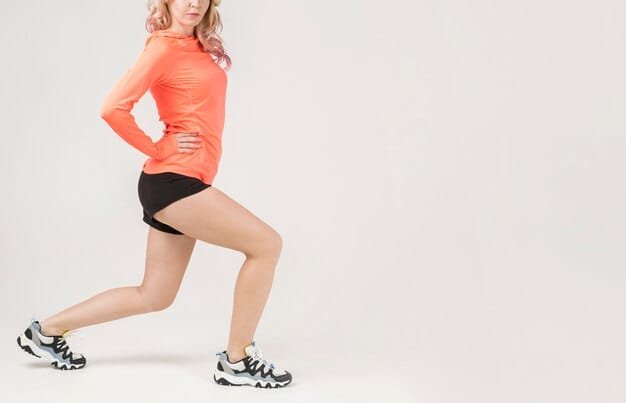Power is a term we often hear in sports and fitness, but it’s not just limited to those areas; it applies to many different situations. In sports, power is a key attribute that athletes aim to develop and improve. But what does power really mean in this context? How does it connect with other physical concepts like strength and work? This post aims to clear that up and help you understand the importance of these terms in sports performance.
Understanding Strength, Work, and Power
Strength
In sports, strength is all about how much force your muscles can exert to resist or overcome resistance. It’s measured in Newtons (N), a unit that also accounts for gravity. For example, an object weighing 5 kilograms (kg) exerts a force of about 50 Newtons due to gravity. So, if you hold a 5 kg weight in your hand, your arm muscles need to exert 50 N to keep it steady.
Work
Work, in physical terms, is the result of force applied over a distance. The formula for work is W = F x l, where W is work, F is force, and l is distance. For instance, lifting a 10 kg object to a height of 1 meter means you’ve done 100 Newton-meters (Nm) of work.
Power
Power takes force and work and adds in the element of time. It’s defined as the amount of work done per unit of time, which you can calculate using P = W / t. Power is measured in Newton-meters per second (Nm/s) or Watts (W). If you think of velocity (V) as distance over time (l / t), you can rewrite the power formula as P = F x V. This shows that power is a combination of both force and speed.
The Role of Power in Sports
The formula P = F x V helps explain what skills athletes need to improve for better performance. To boost power, athletes should work on both strength and speed. Different sports require different types of strength, often referred to as “special” or “specific” strength. Athletes need to achieve the level of strength that’s most beneficial for their particular sport.
The relationship between force and speed is shown by the Hill curve, which indicates that as speed increases, force decreases, and vice versa.
Two Types of Strengths
Aerobic Strength
Aerobic strength involves continuous, rhythmic activities over an extended period. This type of exercise, like jogging, cycling, and swimming, engages the cardiovascular system and mainly relies on oxygen for energy. The primary energy mechanism is the oxidative pathway, which uses glucose and some fatty acids to provide a steady energy supply. Aerobic exercises enhance endurance and cardiovascular health.
Anaerobic Strength
Anaerobic strength focuses on short, intense bursts of activity that don鈥檛 rely on the body’s oxygen supply at the moment. This type involves fast-twitch muscle fibers and emphasizes power and speed. The main energy mechanism here is the anaerobic lactacid pathway, which uses glucose and produces lactic acid as a byproduct. Activities like sprinting, weightlifting, and high-intensity interval training (HIIT) fall into this category and help build strength, power, and muscle.
Final Thoughts
Improving power means strategically planning your training. For example, a boxer wanting to increase punch power should dedicate some sessions to speed and others to maximal strength, integrating these into a “transformation” phase for special strength.
Balancing strength and speed training is crucial. Focusing too much on strength might lead to muscle growth that can slow you down. The right focus depends on individual goals and needs.
A coach usually plans the overall training cycles, but a good personal trainer or athletic trainer can help with basic training methods. The journey to achieving power in sports is complex, requiring a solid grasp of how strength, work, and power interact to boost athletic performance.







